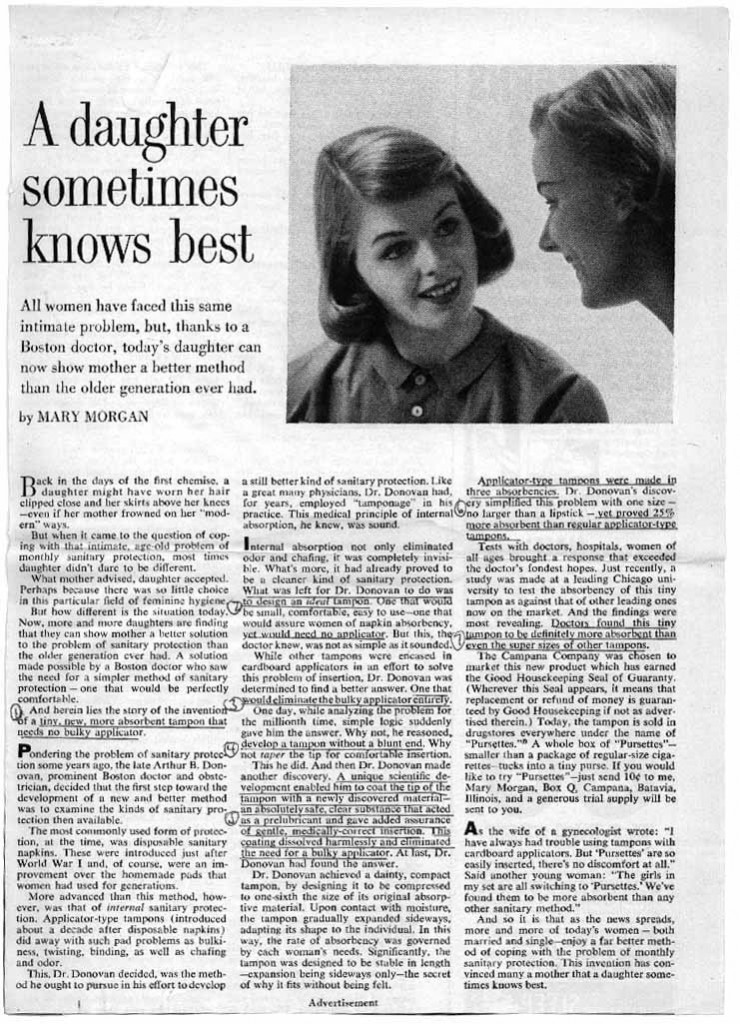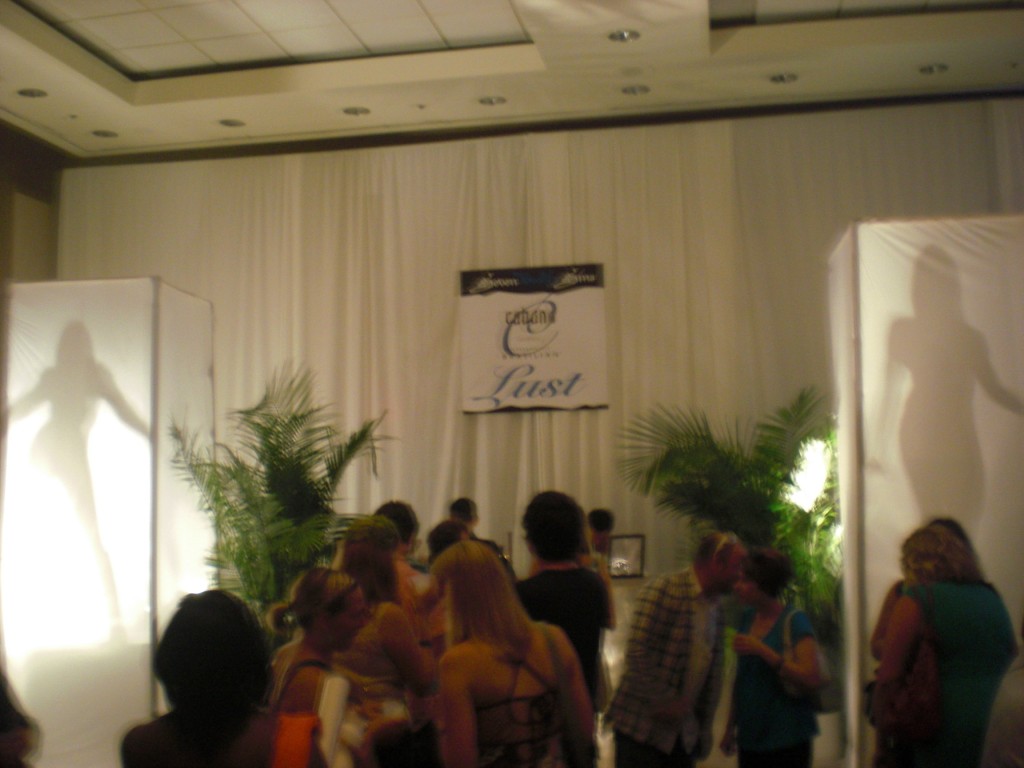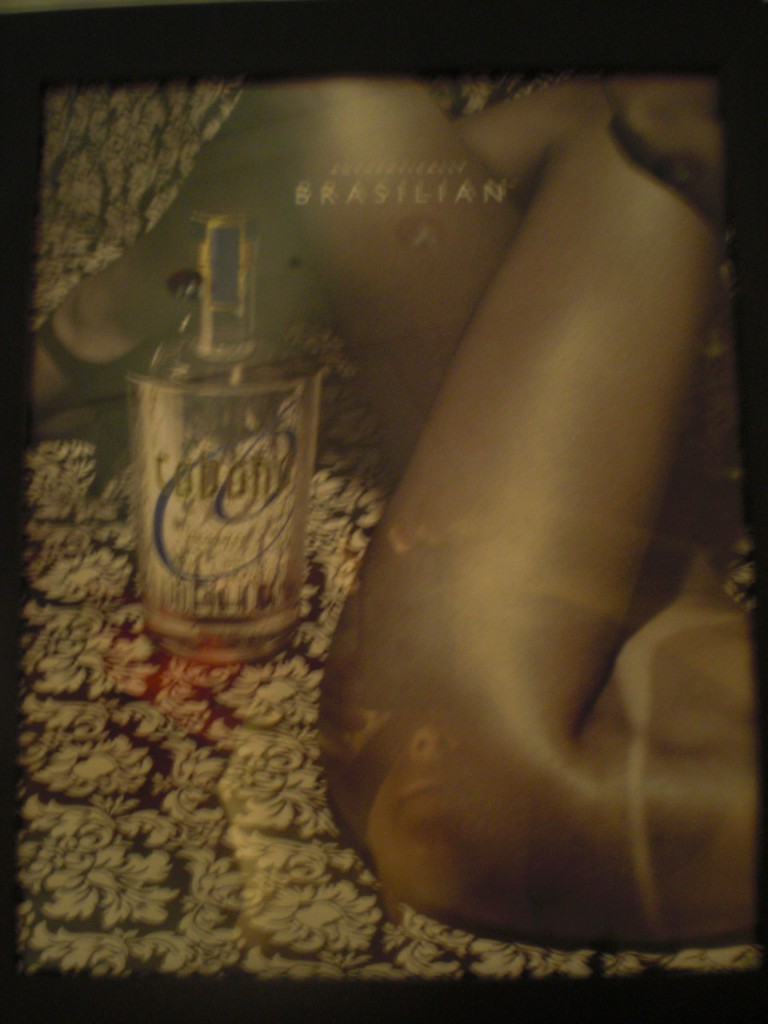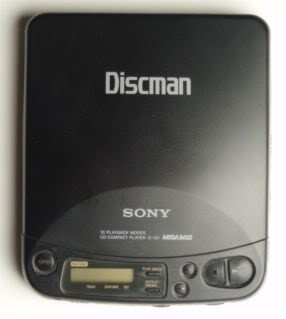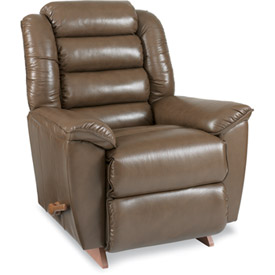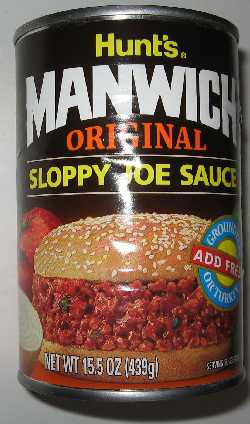
I love how this ad from the 1950s acknowledges how exhausting and mind-numbing housekeeping and childcare can be!
The ad also illustrates the post-WWII efforts to cultivate a market for new food technologies (easy and instant foods that were developed for the war). This ad for Campbell’s soup describes the phenomenon in more detail.
For another vintage Jell-O ad that takes an entirely different approach, see here.
—————————
Lisa Wade is a professor of sociology at Occidental College. You can follow her on Twitter and Facebook.

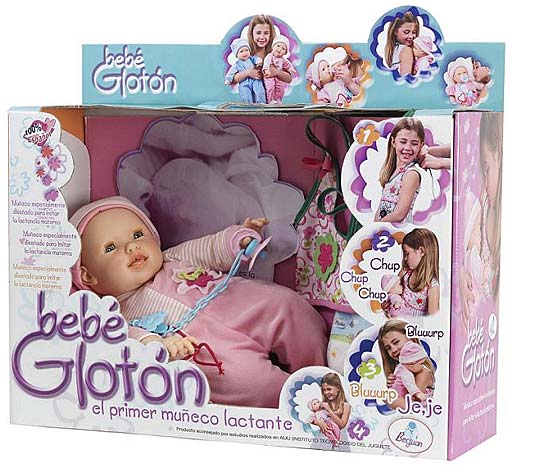

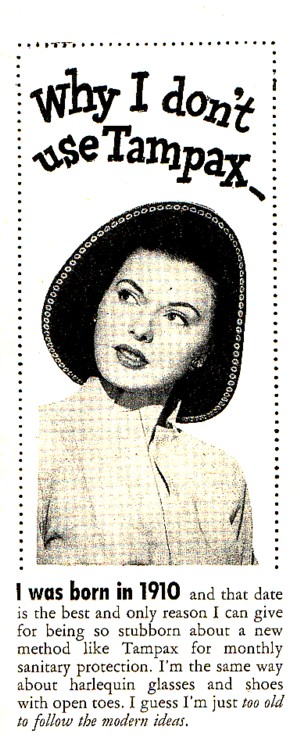
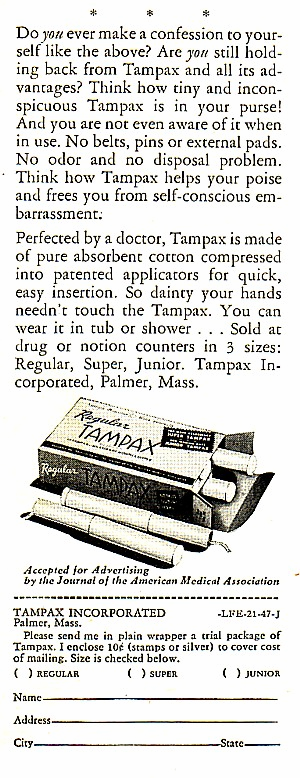 Similarly, in this ad, a daughter instructs her mother on advances in managing “intimate problem[s]”:
Similarly, in this ad, a daughter instructs her mother on advances in managing “intimate problem[s]”: